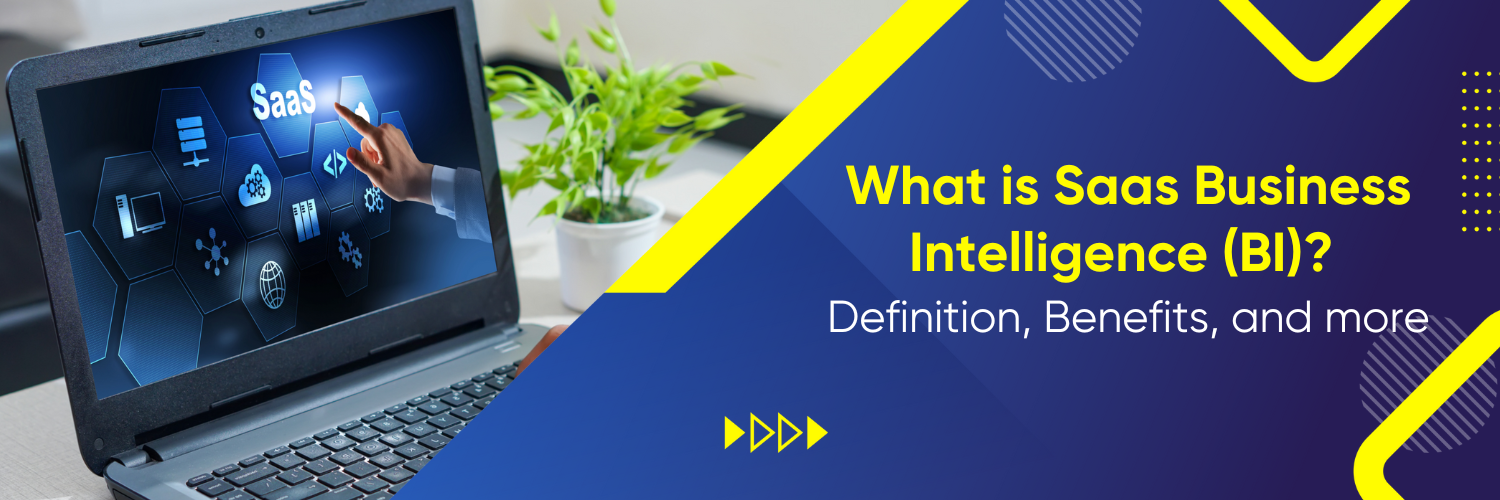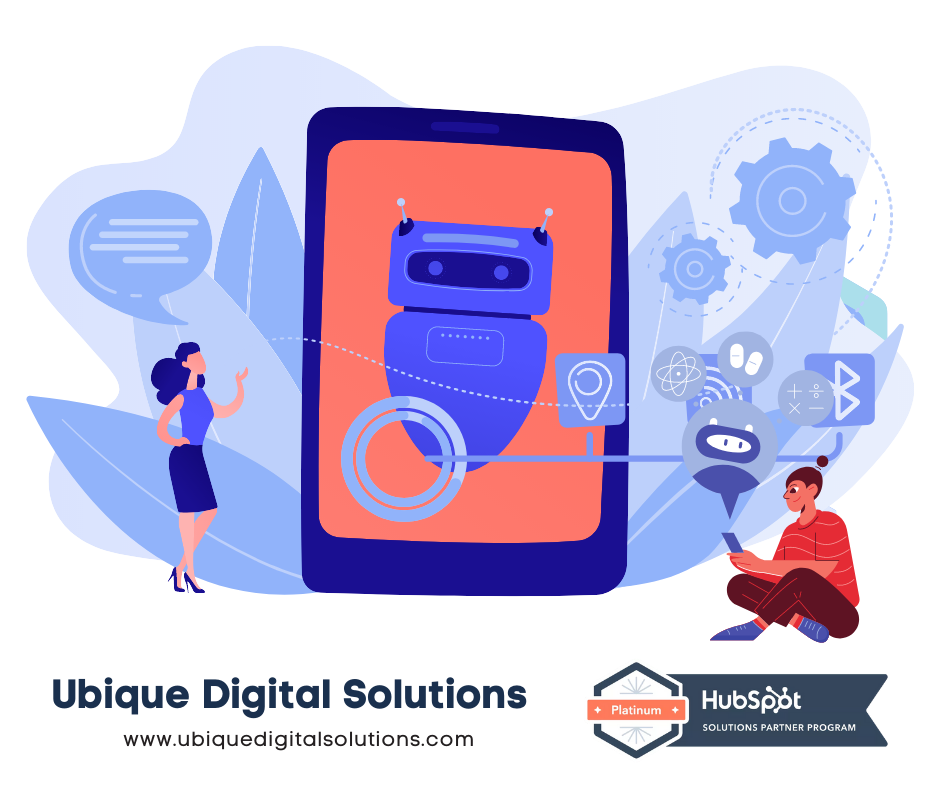Having the right info at the right time is super important for businesses to keep up. That’s where Business Intelligence (BI) comes in. It’s all about using tech, tools, and methods to gather, analyze, and understand data so companies can make smart choices.
One way to do BI is through Software as a Service (SaaS) solutions. But what exactly is SaaS? Let’s take a look.
What is SaaS BI?
SaaS Business Intelligence (BI) is a cloud-based model that allows businesses to access BI tools and capabilities over the Internet on a subscription basis. With SaaS BI, organizations can leverage the power of BI without the need to invest in hardware infrastructure or manage complex software installations.
What are the Key Components of Business Intelligence (BI)?
Business Intelligence (BI) is a concept that involves the use of technology, processes, and methodologies to transform raw data into meaningful and actionable information. It encompasses a range of activities such as data collection, integration, analysis, and reporting to provide insights that support decision-making at all levels of an organization.
To understand BI comprehensively, it is essential to explore its key components.
These key components work together to enable organizations to transform raw data into meaningful insights and drive data-driven decision-making processes.
- Data collection and integration ensure that relevant data is available for analysis.
- Data analysis and reporting provide the tools and techniques to uncover insights.
- Data visualization enhances data comprehension and facilitates effective communication of insights to stakeholders.
How SaaS BI differs from On-premises BI
| Aspect | SaaS BI | On-premises BI |
|---|---|---|
| Infrastructure and Maintenance | No need for organizations to buy and manage hardware or software. The SaaS provider handles servers, security, and updates. | Organizations have to buy and maintain their own hardware and software. They’re responsible for servers, security, and updates. |
| Accessibility and Scalability | Accessible from anywhere with an internet connection, great for remote teams. Scales easily to handle more data and users without needing upgrades. | Might be limited in accessibility and scalability, especially if it’s on-site. Handling more data or users could mean costly upgrades. |
| Cost Structure | Pay a subscription for what you use, no big upfront costs. Makes BI more affordable, especially for smaller businesses. | Usually involves big upfront costs for hardware, software licenses, and IT. Plus ongoing maintenance and upgrades add to the bill. |
| Examples | Google Analytics, Salesforce Analytics, Microsoft Power BI | IBM Cognos, SAP BusinessObjects, Tableau Server |
SaaS BI
Advantages of SaaS BI
SaaS offers several advantages over on-premises software models:
- Cost-effectiveness: SaaS eliminates the need for upfront hardware and software investments, reducing initial costs. Users pay a subscription fee based on usage, making it more affordable for businesses, especially small and medium-sized enterprises (SMEs).
- Scalability and flexibility: SaaS allows businesses to scale their usage up or down based on their needs. Organizations can easily add or remove users, increase storage capacity, and access additional features without the hassle of hardware upgrades or software installations.
- Accessibility and collaboration: SaaS applications can be accessed anytime and anywhere with an internet connection. This accessibility enables remote work and facilitates collaboration among teams in different locations.
Disadvantages of SaaS BI
- Dependency on internet connection: SaaS BI requires a stable internet connection for access, which may be an issue in areas with poor connectivity or during outages.
- Limited customization: SaaS BI solutions may offer less flexibility in customization compared to on-premises options, restricting the ability to tailor the software to specific business needs.
- Data security concerns: Entrusting sensitive data to a third-party provider raises concerns about data security and privacy, especially if the provider experiences breaches or unauthorized access.
- Potential for downtime: Reliance on the SaaS provider’s infrastructure means businesses are vulnerable to downtime if the provider experiences technical issues or maintenance downtime.
- Long-term cost: While subscription-based pricing may seem cost-effective in the short term, over time, recurring subscription fees can add up to higher costs compared to one-time purchases of traditional BI software.
On-Premises BI
Advantages of On-Premises BI
- Control: Organizations have full control over hardware, software, and data, allowing for customization and security measures tailored to specific needs.
- Data Security: Data remains within the organization’s premises, reducing risks associated with external breaches or compliance issues.
- Customization: On-premises solutions offer greater flexibility for customization to suit unique business requirements and integrate with existing systems.
- Performance: Since data processing is done locally, on-premises BI tools often offer faster performance for large datasets and complex analyses.
Disadvantages of On-Premises BI
- High Upfront Costs: Requires significant upfront investment in hardware, software licenses, and IT resources for installation and maintenance.
- Limited Scalability: Scaling up may require additional hardware purchases and infrastructure upgrades, leading to higher costs and complexity.
- Maintenance Overhead: Ongoing maintenance, updates, and troubleshooting tasks are the responsibility of the organization’s IT team, consuming time and resources.
- Dependency on IT: Users may rely heavily on IT departments for support, customization, and troubleshooting, leading to delays and bottlenecks in accessing insights.
Examples of Popular SaaS Application
DomainCt (CRM) | SaaS Applications |
| Customer Relationship Management | Salesforce, HubSpot CRM, Microsoft Dynamics 365, Zoho CRM |
| Project Management | Asana, Trello, Monday.com, Wrike, Jira |
| Collaboration | Slack, Microsoft Teams, Google Workspace (formerly G Suite), Dropbox Paper |
| Human Resources | BambooHR, Workday, ADP Workforce Now, Paylocity |
| Accounting and Finance | QuickBooks Online, Xero, FreshBooks, NetSuite, Sage Intacct |
| Marketing | Automation HubSpot Marketing Hub, Mailchimp, Marketo, Pardot |
| E-commerce | Shopify, BigCommerce, WooCommerce, Magento |
| Customer Support | Zendesk, Freshdesk, Help Scout, Intercom |
| Business Intelligence | Tableau, Power BI, Looker, Domo, Sisense |
What is SaaS Business Intelligence used for?
SaaS BI has proven valuable across various industries:
- Retail: Retail businesses can leverage SaaS BI to analyze sales data, identify customer buying patterns, optimize inventory management, and personalize marketing campaigns.
- Healthcare: SaaS BI enables healthcare providers to analyze patient data, improve operational efficiency, monitor clinical outcomes, and detect potential healthcare fraud.
- Finance: Financial institutions can use SaaS BI to analyze financial data, detect fraud, monitor risk, and generate regulatory reports.
- Manufacturing: SaaS BI can help manufacturers monitor production performance, analyze supply chain data, optimize inventory levels, and enhance operational efficiency.
Benefits of Adopting SaaS BI Solutions
Adopting SaaS BI solutions can provide several benefits for organizations:
- Rapid deployment: SaaS BI solutions can be deployed quickly, as there is no need for infrastructure setup or software installation. Users can start analyzing their data and gaining insights almost immediately.
- Cost savings: By eliminating upfront investments in hardware and software, SaaS BI reduces capital expenditure. The subscription-based pricing model also provides predictable monthly or annual costs, allowing for better budget planning.
- Accessibility and collaboration: SaaS BI solutions can be accessed through web browsers or dedicated applications, enabling users to analyze and share insights from anywhere. Collaboration features facilitate teamwork and knowledge sharing.
What to Consider When Choosing a SaaS BI Solution?
Evaluating data security and privacy measures
When selecting a SaaS BI solution, organizations must assess the provider’s data security and privacy measures. This includes evaluating encryption protocols, access controls, data backup procedures, and compliance with relevant regulations such as GDPR or HIPAA.
Integration capabilities with existing systems
It is crucial to consider how well a SaaS BI solution integrates with existing systems and data sources within the organization. Compatibility with databases, cloud applications, and other relevant platforms ensures smooth data connectivity and reduces the need for manual data extraction and transformation.
Customization and extensibility options
Organizations should evaluate the customization and extensibility options provided by the SaaS BI solution. The ability to tailor the solution to specific business needs and add custom functionalities enhances its value and adaptability.
Pricing models and scalability
Understanding the pricing models and scalability options offered by the SaaS BI solution is essential. Organizations should assess whether the pricing aligns with their budget and growth projections. Scalability ensures that the solution can handle increased data volumes and user demands without compromising performance.
User-friendliness and ease of implementation
The usability and ease of implementation of a SaaS BI solution play a vital role in user adoption and productivity. Evaluating the user interface, ease of creating reports and dashboards, and availability of self-service analytics features can help determine how user-friendly the solution is.
Best Practices for Implementing SaaS BI
Establishing clear goals and objectives
Before implementing a SaaS BI solution, organizations should define clear goals and objectives. This includes identifying the key metrics to measure, the specific insights required, and the desired business outcomes. Clear goals ensure that the implementation aligns with the organization’s strategic priorities.
Ensuring data quality and accuracy
Data quality is crucial for reliable and meaningful insights. It is essential to establish data governance processes, including data validation, cleansing, and standardization, to ensure accurate and reliable data for analysis. Implementing data quality checks and regular data audits helps maintain data integrity.
Providing adequate training and support
Training users on how to effectively use the SaaS BI solution is essential for maximizing its value. Providing comprehensive training programs and resources, along with ongoing support, empowers users to leverage the full capabilities of the solution and fosters user adoption.
Encouraging user adoption and engagement
Organizations should actively promote user adoption and engagement with the SaaS BI solution. This can be achieved through regular communication, sharing success stories, and highlighting the benefits of using the solution. Encouraging feedback and incorporating user suggestions also helps drive user engagement.
Continuously monitoring and optimizing the system
Regularly monitoring the performance and usage of the SaaS BI solution is critical. This involves tracking key metrics, analyzing user feedback, and identifying areas for improvement. By continuously optimizing the system, organizations can ensure that it aligns with evolving business needs and delivers maximum value.
Key Takeaways
- Define goals that match your business strategy before using a SaaS BI tool.
- Keep your data accurate and reliable by having solid processes in place.
- Help your team get the most out of the BI tool with training and ongoing support.
- Get everyone on board by showing them the benefits and listening to their feedback.
- Regularly check how things are going and make adjustments to meet your business needs better.
For more tips on SaaS BI tools and other digital marketing strategies, subscribe to our blogs. At UDS, we keep you updated with the latest trends and insights to help your business succeed.
FAQs
Q: Is SaaS BI suitable for small businesses?
Yes, SaaS BI is particularly beneficial for small businesses as it eliminates the need for significant upfront investments in infrastructure and offers cost-effective subscription-based pricing.
Q: Can I integrate SaaS BI with my existing systems?
Most SaaS BI solutions provide integration capabilities with various data sources, databases, and cloud applications, allowing seamless connectivity and data consolidation.
Q: How secure is SaaS BI?
SaaS BI providers prioritize data security and employ robust measures such as encryption, access controls, and regular security updates to protect data and ensure compliance with relevant regulations.
Q: How much does a SaaS BI solution typically cost?
The cost of a SaaS BI solution varies depending on factors such as the number of users, data volume, and features required. Pricing is typically based on subscription models, with monthly or annual fees.








